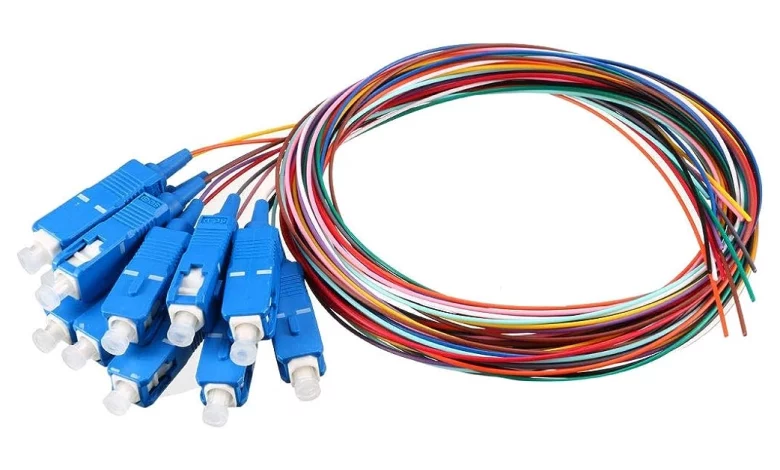
Context- Along with quantum optics, Fibre optic communication is on the threshold of a new era.
About Fibre Optic Cable
- Optical fibres are made of thin cylindrical glass fibres.
- The diameter of a typical fibre is close to the diameter of a hair.
- These fibres can carry information such as text, images, sounds, videos, phone calls, and anything that can be encoded as digital information over long distances at almost the speed of light.
- They are strong, light and flexible, ideal for burying underground, towing underwater or bending around a reel.
How do optical fibres work?
- These cables basically work on the principle of total internal reflection.
- Signals encoded as electromagnetic waves can be directed to the other end of an optical fibre and reflected and bounced off the glass walls many times over several kilometers, carrying the information contained in the signals.
- The fibre optic communication system consists of three parts.
- The transmitter encodes the information in optical signals (in the form of rapidly flashing zeros and ones light pulses).
- Optical fibre carries the signal to its destination.
- There, the receiver reproduces the information of the coded signal.
- Optical waves enable high data transfer rates, up to several terabits per second in a single fibre.
- Unlike radio or copper cable communication, fibre cables are also not susceptible to external interference, such as the effects of thunder and bad weather.
How do these fibres develop?
- Today, fibreglass is produced using fibre drawing technology.
- First, a thick glass rod called a blank is produced with high purity and a designed refractive index profile using chemical vapor decomposition.
- The billet is heated to about 1,600 degrees until it melts and then drawn into a thin, long fibre.
- The drawing process reduces the diameter of the fibre while maintaining its length.
- The drawn fibres are covered with a protective layer to increase strength and durability.
Applications
- Fibre optic technology has since been widely used in telecommunications, medicine, laser technology and sensors.
- Optical fibres are an integral part of this communication evolution.
Source: The Hindu





.png)



